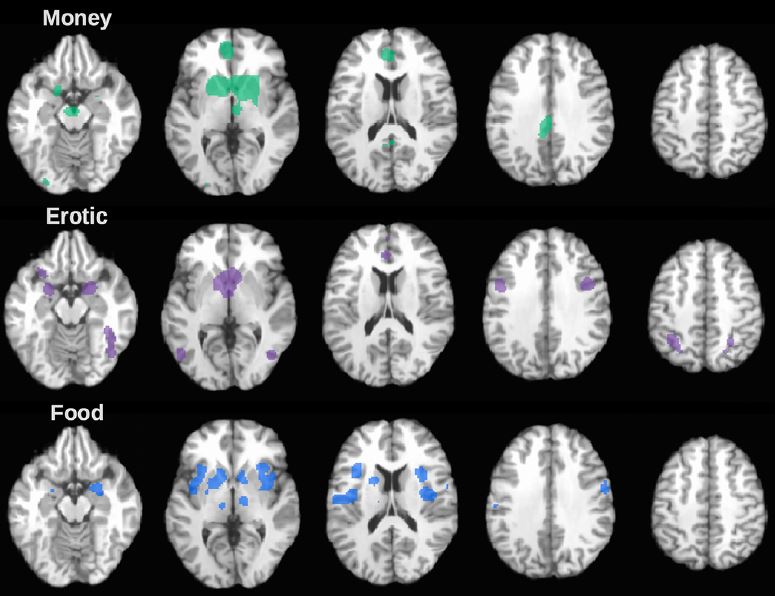
Study: ‘Basal ganglia lateralization in different types of reward’
The most important sexual organ really is the brain. That’s where both desire and satiety/aversion originate.
Dozens of studies have found evidence of a neurochemical cycle beginning at climax. It is characterized by activation of the oxytocin, opioid, prolactin, serotonin, immunological and endocannabinoid systems, as well as changes in dopamine production and receptor levels.
Many of these shifts temporarily depress the hypothalamic systems that regulate desire and autonomic blood flow, as well as the limbic structures that regulate sexual motivation. Others serve functions as yet little understood. All can potentially affect mood and perception, and thus influence priorities.
Traditionally, sexual medicine experts have called the post-orgasm part of the cycle a “refractory period.” However, the research collected here suggests that effects can go on for days, and possibly far longer. “Refractory period” seems inadequate as a description for this natural cycle.
Not realizing the source of any resulting temporary, recurring uneasiness during the neurochemical cycle that begins at climax, many people respond with a strong urge to overcome it. Ramping up desire can feel like a way to self-medicate any discomfort or anxiety – using the “reward” of another climax. Heightened craving for orgasm not long after climax is informally called the “chaser.”
Today, enormous effort is expended investigating pharmaceuticals that can artificially overcome this natural cycle and force arousal by manipulating melanocortin, noradrenaline, oxytocin, vasopressin, dopamine, etc. Typically, however, lovers simply resort to more intense stimulation when they want to override this natural recovery cycle. It’s true that erotic stimuli, sexual fantasy, pain, risk, fetishes, sex toys, novelty, etc. can often temporarily reactivate the arousal system. The downside is that chronic use sometimes draws lovers into the escalating pursuit of hotter stimulation – even as satisfaction grows more elusive (because they are overstimulating the delicate reward mechanism in their brains).
Taken together, the research collected here suggests that intense sexual arousal (especially in excess) has lingering effects on the brain, in addition to elsewhere in the body. Indeed, arousal and climax have much in common with drugs, neurochemically speaking. These effects may alter perceptions, priorities, feelings of wellbeing, contentment and relationship harmony – until the sexual desire mechanisms in the brain return to homeostasis.
Indirectly, this research suggests why Synergy (which sidesteps much of the neurochemical fallout during the post-orgasm cycle) may naturally increase our capacity to sustain and enjoy our bonds, while helping to counter addiction, stress and depression.
For convenience, we have broken down this research collection into loose categories, but there is often overlap as some studies measure more than one element.
Dopamine Climax Effects – Oxytocin Arousal (non-dopamine) Post-climax effects Sex and drug use overlap Sexual learning and brain plasticity